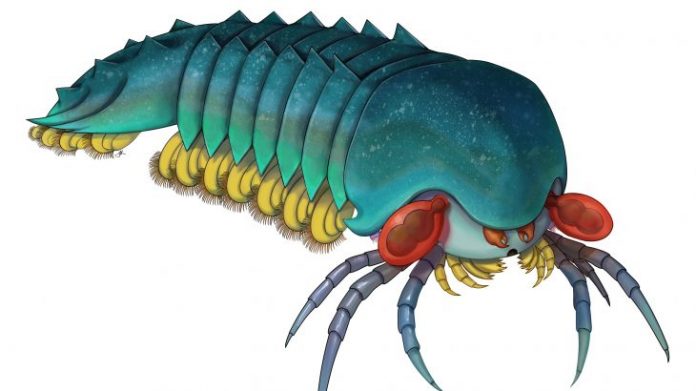The world’s oldest chelicerate, a group of predatory animals including horseshoe crabs, scorpions, and spiders, has been discovered in the Burgess Shale, located in the Canadian Rockies of British Columbia. Dubbed Mollisonia plenovenatrix, paleontologists believe the fossil to be more than 500 million years old.
Mollisonia plenovenatrix was about the size of a thumb and, importantly, had a pair of tiny chelicerae or “pincers” in the front of its mouth, called chelicerae. These are used to kill, hold and cut pray, and give the group its name.
“Before this discovery, we couldn’t pinpoint the chelicerae in other Cambrian fossils, although some of them clearly have chelicerate-like characteristics; this key feature, this coat of arms of the chelicerates, was still missing,” says Cédric Aria, a regular member of the Royal Ontario Museum’s Burgess Shale expeditions.
Currently at China’s Nanjing Institute of Geology and Palaeontology, Aria is lead author of a paper published in the journal Nature.















